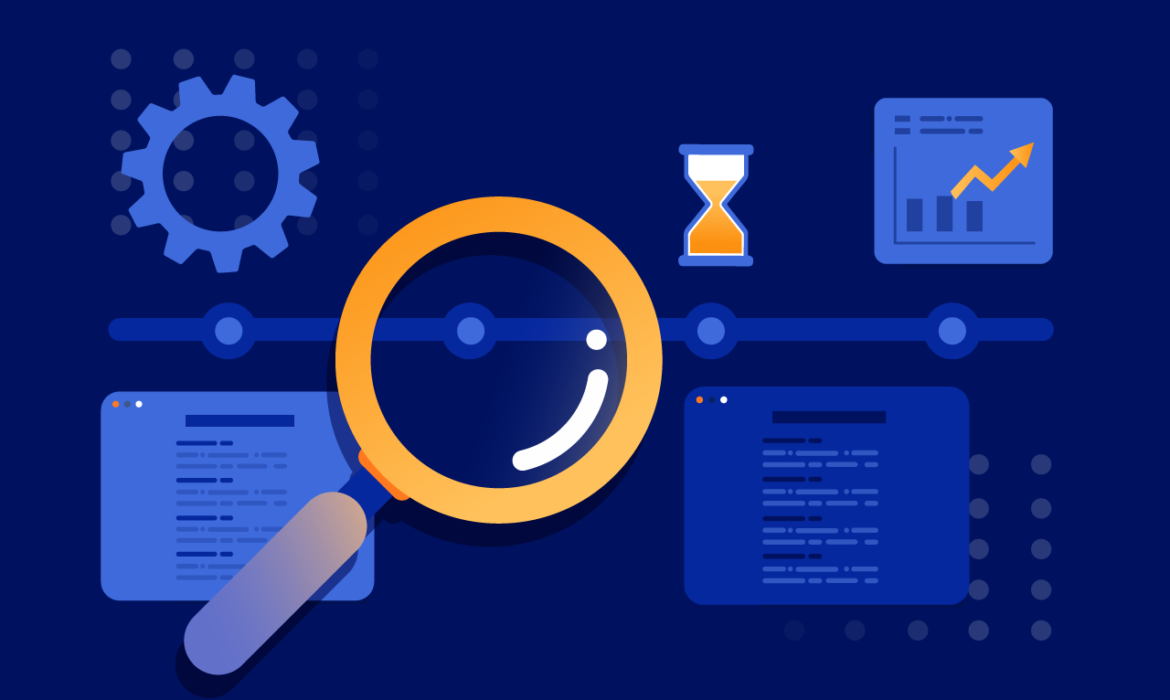Decoding the SEO Timeline: How Long Does It Take to See Real Results?

SEO in 2025: What to Really Expect and How to Make It Work for Your Business
Every business wants fast results. But when it comes to SEO, the truth is simple: there’s no overnight fix. It’s not a sprint—it’s a smart, strategic long game. If you’re asking, “How long until we see results?”—you’re not alone. It’s the most common question we hear. The answer? It depends—on your industry, your competition, your site’s current state, and how much effort you’re ready to put in.
This guide breaks down exactly what to expect from SEO in 2025, month by month, and how to set goals that make sense for the long haul.
The Truth: SEO Takes Time, But It’s Worth It
Let’s be honest: meaningful SEO results usually take 6–12 months. In competitive markets, it could take longer. Some early signals might show up sooner, but those big traffic spikes and high-converting leads? That comes with sustained effort.
Think of SEO like growing a business: consistent input leads to compounding returns. No gimmicks, no hacks—just solid strategy and execution.
What the First 12 Months of SEO Really Look Like
Months 1–3: Laying the Groundwork
You won’t see fireworks yet. This phase is all about preparation:
Technical Audit: Fixing site speed, mobile usability, crawl issues, and broken links.
Content Audit: Identifying what stays, what goes, and what needs improvement.
Keyword Research: Finding both high-intent and long-tail keywords that actually match what your audience is searching for.
Competitor Analysis: Figuring out what your top competitors are doing—and how you can do it better.
On-Page SEO: Updating metadata, headers, internal links, and prepping for future content creation.
Months 4–6: Early Wins and Momentum
Now the gears start turning. You’ll start to see movement:
Content Rollout: Publishing blog posts, landing pages, and resources that answer real customer questions.
Backlink Outreach: Promoting content to build backlinks from trusted sources.
Keyword Rankings: Long-tail keywords might start ranking.
Organic Traffic Uptick: You’ll notice a slow but steady rise in traffic.
Local SEO: For businesses with physical locations, we’ll optimize your Google Business Profile and build citations.
Months 7–12: Growth Mode
This is when things really click:
Core Keyword Rankings Improve: You’ll start showing up for the more competitive, high-traffic terms.
Increased Domain Authority: Google starts trusting your site.
More Conversions: Higher quality traffic means more leads, sales, or signups.
Smarter Strategy: We’ll use analytics to refine your approach and double down on what’s working.
What Impacts Your SEO Timeline?
There’s no one-size-fits-all answer. These factors can speed things up—or slow them down:
Age of Your Website: Older, well-maintained domains usually see faster results.
Current Site Health: Technical debt or UX problems can delay progress.
Competition Level: Highly saturated industries require more time and more content.
Your Budget: More investment = faster execution (more content, more outreach).
Consistency: Sporadic efforts won’t cut it.
Keyword Difficulty: Going after broad, ultra-competitive keywords can take years. Long-tail terms bring earlier wins.
Google Algorithm Updates: These can shake things up—for better or worse.
Want Faster SEO Results? Here’s What Helps:
Target Long-Tail Keywords: These are easier to rank for and often lead to higher conversions.
Write Great Content: Not AI-stuffed junk. Real, valuable, helpful information your audience actually needs.
Fix Technical Issues: A slow, buggy site will kill your rankings.
Earn Authoritative Links: Reach out to reputable sites, write guest posts, and build relationships.
Double Down on Local SEO: Quick wins are often found in your own backyard.
FAQs: No-Nonsense SEO Answers
Can anyone promise a #1 ranking on Google?
No—and anyone who does is lying. SEO isn’t guaranteed. It’s about stacking the odds in your favor over time.
Is SEO a one-and-done project?
No. It’s ongoing. Google changes, your competitors change, and your audience evolves. SEO has to keep up.
What’s the difference between on-page and off-page SEO?
On-page = what happens on your site (content, meta tags, structure). Off-page = what happens off your site (links, mentions, reviews).
How can I tell if SEO is working?
Track organic traffic, keyword rankings, conversions, and engagement metrics like time on site and bounce rate.
Can I do SEO myself?
Sure—if you have the time, tools, and patience to learn it deeply. But if you want results faster and done right, hiring pros is the smart move.
Bottom Line
SEO isn’t fast. It isn’t flashy. But it works—when you work it. The businesses that win in search are the ones that treat it as a long-term investment. If you want sustainable, compounding growth in 2025 and beyond, now’s the time to commit.
Ready to take SEO seriously?
Let’s talk. Schedule a free consultation with Morphiaas and get a real plan built around your business.


